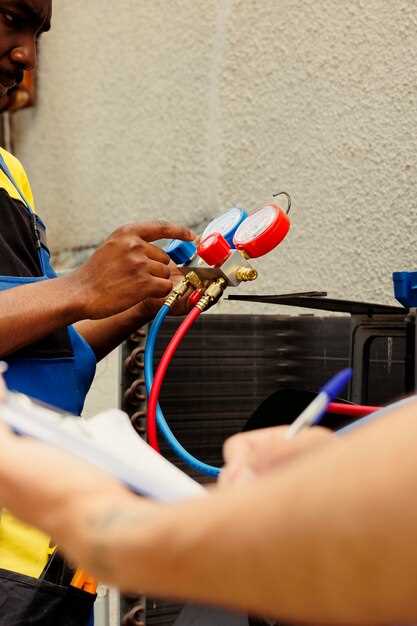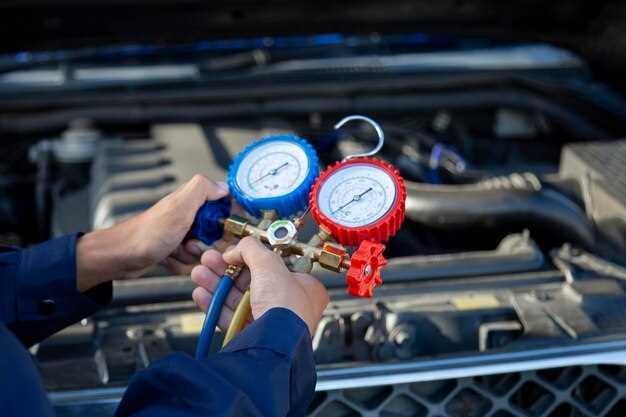How to Recharge Your Car’s AC System

Your car’s air conditioning (AC) system is essential for maintaining comfort during hot weather. Over time, the refrigerant in your AC system can dwindle, leading to less effective cooling. Learning how to recharge your car’s AC system is a valuable skill that can save you both time and money.
In this guide, we will outline the step-by-step process to recharge your car AC system. We will cover the necessary tools and materials, as well as safety precautions to ensure a smooth and efficient recharge. Using the correct type of refrigerant and following these instructions will help restore your system’s cooling capability, keeping you comfortable on the road.
Before you begin, it’s crucial to understand the importance of proper recharge methods. Incorrect handling of refrigerant can lead to both environmental harm and potential damage to your vehicle’s AC system. With this guide, you’ll equip yourself with the knowledge needed to effectively and safely recharge your AC system.
Gather Necessary Tools and Materials for AC Recharge

To successfully recharge your car’s AC system, it is essential to gather the right tools and materials beforehand. This preparation will ensure a smooth and efficient process.
First, you will need an AC recharge kit, which typically includes a can of refrigerant and a pressure gauge. The refrigerant is vital for restoring the cooling capability of the AC system. Ensure that the refrigerant you select is compatible with your vehicle’s AC system, as different systems may require specific types of refrigerants.
Next, acquire a manifold gauge set if you plan on performing a more thorough check of the AC system pressure. This tool will provide detailed readings that can help identify any underlying issues beyond just low refrigerant levels.
A pair of safety goggles and gloves is also important for your protection while handling refrigerants. Ensuring your safety should always be a priority during this process. Additionally, have a set of basic hand tools, such as wrenches and screwdrivers, on hand for any necessary adjustments or repairs to the AC components.
Finally, consider having a vacuum pump available if you aim to remove any moisture from the system before recharging. Moisture can contaminate the refrigerant and lead to significant issues. While not always necessary for a basic recharge, this step can be critical for maintaining optimal AC performance.
Identify and Locate the AC Service Ports in Your Vehicle
Before you attempt to recharge your car’s AC system, it is essential to identify and locate the AC service ports. These ports are crucial for adding refrigerant and ensuring the proper functioning of your air conditioning system.
In most vehicles, there are two service ports: the low-pressure port and the high-pressure port. The low-pressure port is typically larger and is where you will connect the recharging hose to add refrigerant. The high-pressure port, on the other hand, is smaller and generally not used for recharging purposes.
To locate these ports, open the hood of your vehicle and look for the AC lines. The low-pressure port is usually situated on the larger line that comes from the compressor and leads to the evaporator. It is often covered by a plastic cap, which is usually blue or black. The high-pressure port can be found on the smaller line leading from the condenser to the compressor, and it is typically capped in red.
Make sure to clean the area around the ports before connecting your recharging kit to prevent contamination. Understanding the location and function of each port is vital for safely recharging your AC system and maintaining optimal performance.
Follow Safe Procedures for Adding Refrigerant to Your AC System

When adding refrigerant to your car’s AC system, safety should always be a top priority. Begin by wearing appropriate personal protective equipment, including gloves and safety goggles, to protect yourself from any potential leaks or spills.
Ensure that you are working in a well-ventilated area, as refrigerants can be harmful if inhaled. Additionally, make sure the engine is off and the AC system is not under pressure before you start handling any components. Always check the manufacturer’s guidelines regarding the type of refrigerant suitable for your specific vehicle model.
Before proceeding, locate the AC service ports. Typically, there are two: the low-pressure and high-pressure ports. Only the low-pressure port should be used for adding refrigerant. Always verify the color-coding and labeling to avoid any mistakes.
Attach the refrigerant can to the low-pressure port using the correct fitting. Start by opening the valve on the refrigerant can slowly to allow the fluid to enter the system. Monitor the pressure gauge as you fill; do not exceed the recommended pressure specified in your vehicle’s manual. Overcharging can lead to system failure or damage.
Lastly, after adding the refrigerant, run the AC system for a short while to check for proper operation and any potential leaks. If you suspect any issues, consult a professional technician. Following these procedures will help ensure a safe and effective recharge of your car’s AC system.

